What Gear Do You Really Need for Offshore Fishing?
Offshore fishing represents the ultimate adventure for many anglers, taking you miles from shore in pursuit of trophy catches like marlin, tuna, and mahi-mahi. Unlike casual shoreline fishing, heading into deep waters requires careful preparation and specialized equipment. While tackle shops might suggest an overwhelming array of expensive gear, knowing what’s truly essential can save you money while ensuring safety and success. This guide cuts through the marketing hype to focus on the genuine necessities for offshore fishing adventures, helping both newcomers and experienced anglers make informed decisions about their offshore fishing arsenal.
Understanding Offshore Fishing Fundamentals
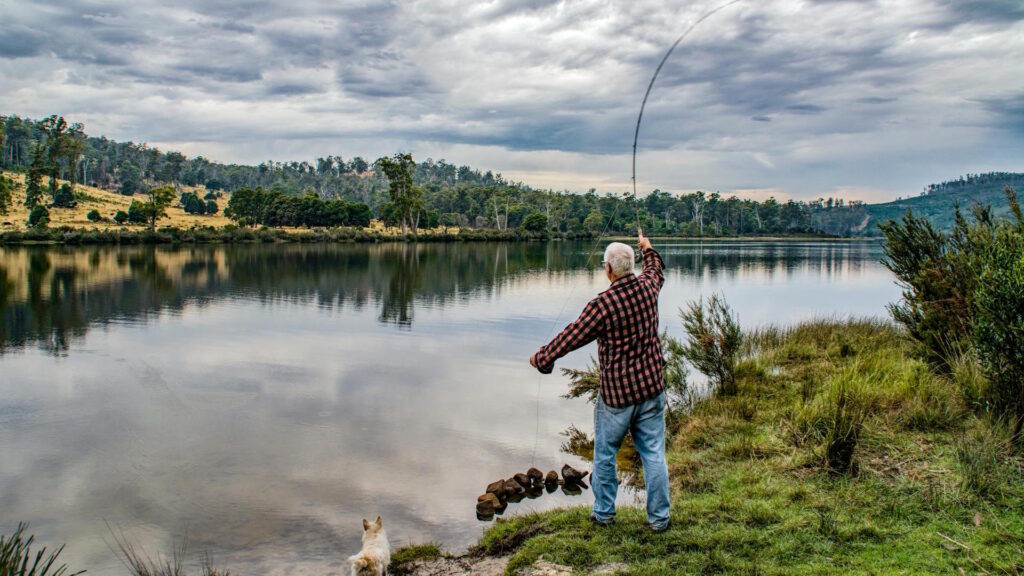
Offshore fishing takes place in open water, typically at depths exceeding 100 feet and distances of 20+ miles from shore. This environment presents unique challenges, including stronger currents, larger fish species, and exposure to changing weather conditions. Before investing in specialized gear, it’s important to understand what differentiates offshore fishing from inshore or nearshore experiences. The primary considerations include the size and fighting strength of target species, the need for equipment durability in saltwater environments, and safety requirements for venturing far from land. Most offshore trips last several hours to a full day, meaning your gear must be reliable enough to withstand extended use in challenging conditions.
Essential Rods for Offshore Success
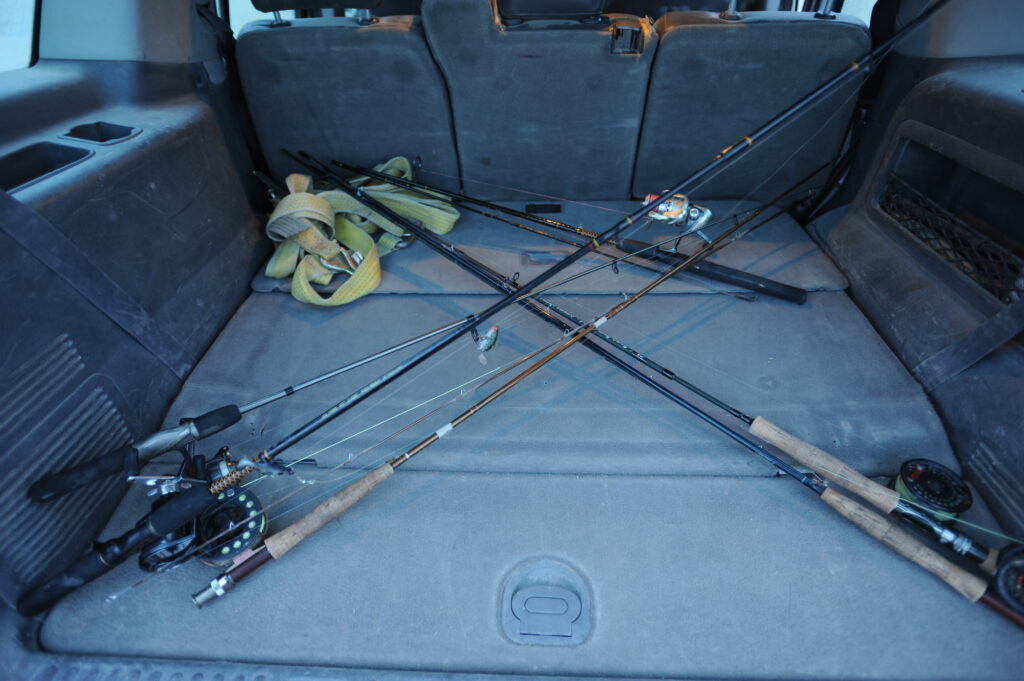
For offshore fishing, rod selection centers on strength, durability, and appropriate action for your target species. Medium-heavy to heavy conventional rods in the 6-7 foot range offer the backbone needed for fighting large pelagic fish while maintaining enough sensitivity to detect strikes. Look for rods with quality guides featuring corrosion-resistant materials like stainless steel or titanium frames with ceramic inserts that can handle the friction of heavy runs. A comfortable EVA or cork grip becomes invaluable during prolonged fights with powerful fish. For most offshore anglers, a two-rod setup works well: one heavier rod for trolling or targeting larger species, and a medium-action rod for jigging, casting to surface activity, or targeting smaller gamefish.
Selecting the Right Reels

Offshore reels must balance power, line capacity, and durability in harsh saltwater conditions. Conventional reels (also called level-wind or trolling reels) remain the standard for offshore fishing, with sizes ranging from 30 to 80-class depending on target species. Look for reels with smooth, powerful drag systems capable of withstanding sustained pressure during long runs, ideally offering at least 20-30 pounds of max drag. Machined aluminum construction provides the best corrosion resistance, though it comes at a higher price point than graphite alternatives. Modern two-speed reels offer a remarkable advantage offshore, allowing you to switch between high-speed retrieval and power modes when a fish changes behavior during the fight. While spinning reels aren’t traditionally associated with offshore fishing, high-quality models in the 8000-20000 size range have become increasingly popular for certain techniques like vertical jigging.
Line Selection Strategies

Line choice for offshore fishing requires balancing strength, visibility, and handling characteristics in deep water. Monofilament, with its stretch and abrasion resistance, remains popular for certain applications like trolling, where its shock absorption benefits hooksets. For improved strength-to-diameter ratio, many offshore anglers now prefer braided line in 50-80 pound test as mainline, offering incredible strength while allowing reels to hold more line. When using braid, fluorocarbon leaders (ranging from 60-100 pound test) become essential for both abrasion resistance and reduced visibility near the terminal tackle. Consider color carefully: high-visibility line makes tracking your presentation easier during trolling, while blue or green-tinted lines blend better with the ocean water for techniques where stealth matters. Most offshore setups benefit from having at least 300-500 yards of line capacity to handle the long runs of powerful pelagic species.
Terminal Tackle Essentials
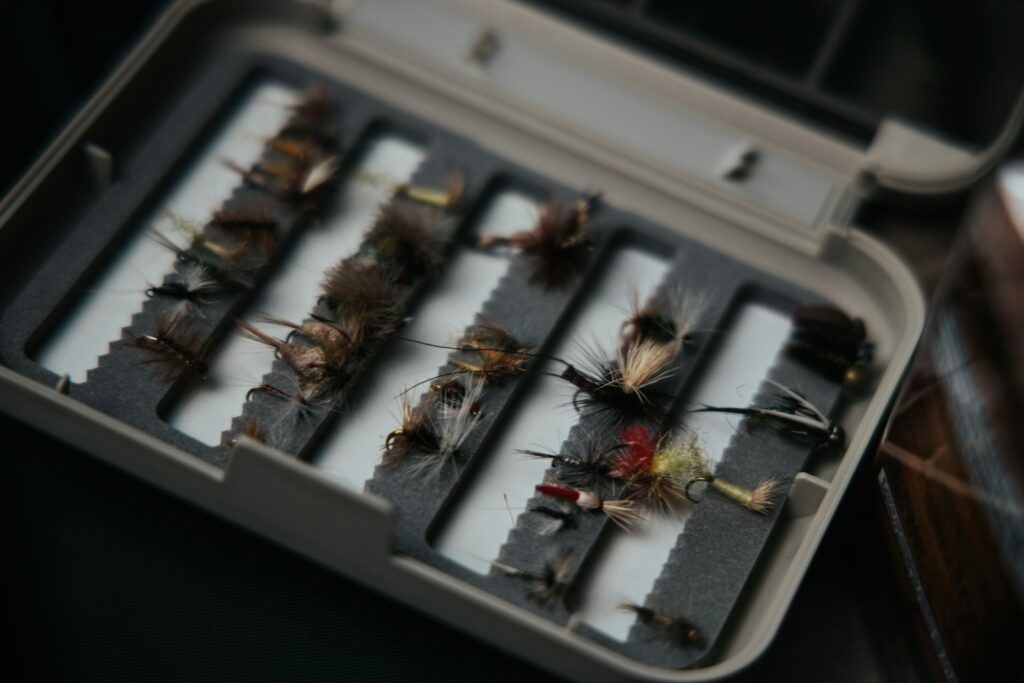
Quality terminal tackle forms the critical connection between your line and target species. Stock your offshore tackle box with an assortment of circle hooks (which promote catch-and-release by typically hooking in the corner of the mouth) in sizes 5/0 to 11/0, depending on bait size and target species. Strong, corrosion-resistant swivels prevent line twist during trolling and when using live bait that tends to spin. Wire leaders become necessary when targeting toothy species like king mackerel, wahoo, or sharks. Include a selection of weights ranging from 2-16 ounces for different depths and current conditions. Premium crimping tools and sleeves allow for creating secure connections when standard knots won’t suffice with heavy leader materials. While it’s tempting to economize on terminal tackle, this is one area where quality truly matters—a failed hook or swivel means losing both your catch and potentially expensive lures.
Must-Have Offshore Lures
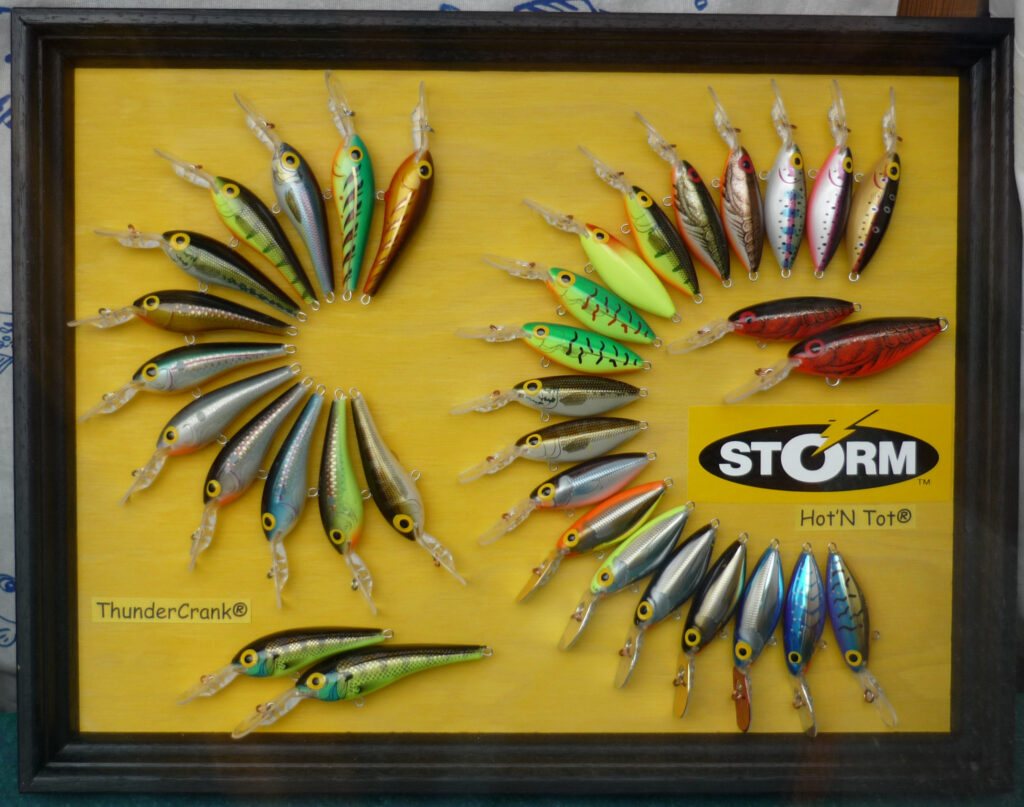
A strategic selection of offshore lures allows you to adapt to changing conditions and target preferences throughout the day. Skirted trolling lures (like Ilanders) paired with ballyhoo remain the gold standard for marlin, sailfish, and other billfish species. Cedar plugs and feather jigs excel for tuna, particularly when trolled in spreads. For mahi-mahi and other species that associate with floating structures, pack brightly colored jigs and casting lures that can be worked quickly to trigger competitive strikes. Diving plugs that reach 15-30 feet help target species holding deeper in the water column, particularly when trolling over structure. Rather than bringing dozens of lures, focus on having 2-3 proven options in various colors and sizes for each target species—experienced captains will tell you confidence in your lures often matters more than endless variety.
Live Bait Equipment Requirements

When natural offerings outperform artificial lures, proper live bait equipment becomes crucial for offshore success. A well-designed bait tank with adequate circulation keeps baitfish lively throughout the trip, with most offshore boats using either built-in systems or specialized portable units with aeration and water exchange capabilities. Circle hooks in appropriate sizes minimize gut-hooking and increase survival rates for released fish. Specialized bridling needles and materials allow you to rig baits without direct hooking, keeping them swimming naturally for longer periods. Various weights and floats help position live baits at the desired depth in the water column. For those who prefer to catch their bait, small sabiki rigs with multiple small hooks efficiently capture baitfish species before heading offshore, saving both time and money compared to purchasing bait at premium prices.
Electronics and Navigation Tools
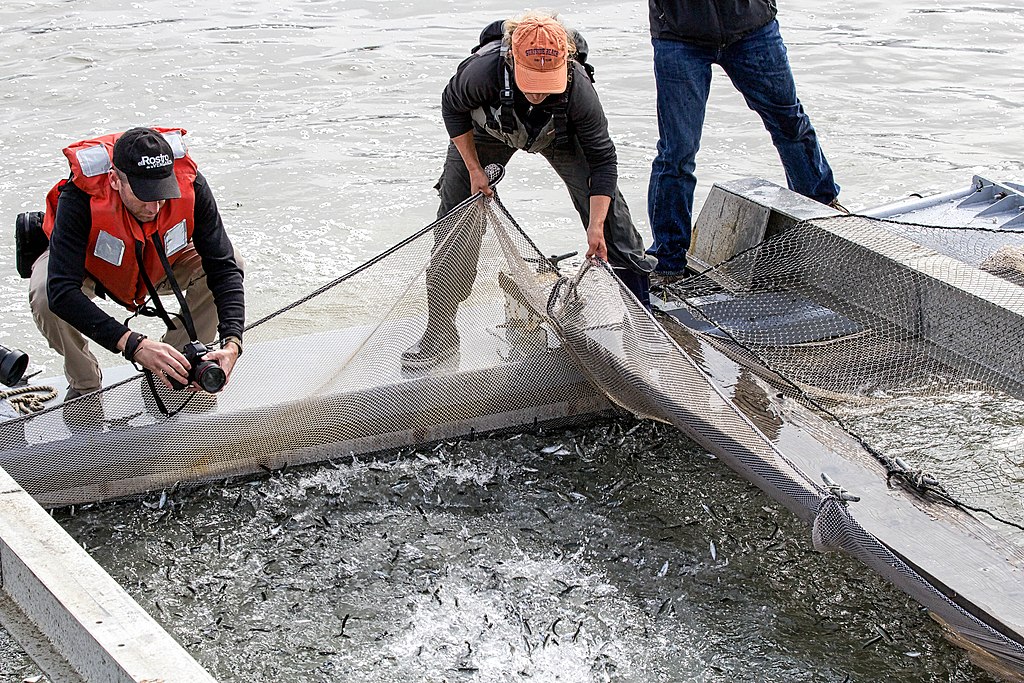
Modern electronics have revolutionized offshore fishing by removing much of the guesswork about where to find productive waters. A quality GPS/chartplotter with offshore charts helps locate underwater structures, track productive fishing spots, and navigate safely. Fishfinders with sufficient power and transducer capabilities for deep water locate bait schools and predators lurking below. For serious offshore anglers, side-scan and down-scan imaging technologies provide detailed views of structure and fish positioning. Sea surface temperature (SST) charts help identify temperature breaks where gamefish concentrate, while radar becomes an essential safety tool for monitoring weather and vessel traffic in limited visibility. While smartphone apps can supplement dedicated electronics, they shouldn’t be your primary navigation source offshore, where cellular coverage is unreliable. Marine-grade electronics are designed to withstand harsh conditions and provide consistent performance when you’re miles from shore.
Safety Equipment Non-Negotiables

When fishing miles from shore, comprehensive safety equipment isn’t just recommended—it’s essential for survival in emergencies. Coast Guard regulations require specific items based on vessel size and distance offshore, including appropriate life jackets for each person, visual distress signals, fire extinguishers, and sound-producing devices. Beyond these basics, serious offshore anglers should invest in an EPIRB (Emergency Position Indicating Radio Beacon) or PLB (Personal Locator Beacon) that can signal for help even beyond cell phone range. A properly stocked first aid kit designed for marine environments should address common fishing injuries like hook punctures and treat seasickness. Reliable VHF marine radio communication provides weather updates and emergency contact capabilities with nearby vessels and shore stations. While some safety equipment represents a significant investment, it provides irreplaceable peace of mind and protection when venturing into challenging offshore environments.
Tackle Storage Solutions
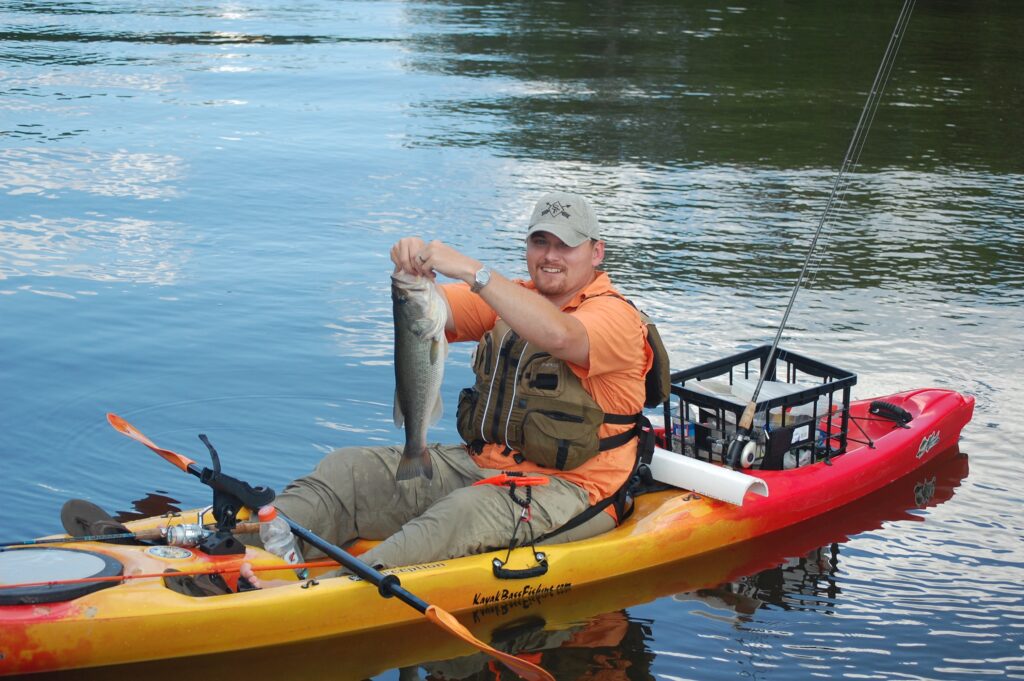
Efficient tackle organization protects your investment and ensures quick access to the right gear when opportunity strikes. Waterproof tackle bags or boxes with secure latches prevent saltwater intrusion that can quickly destroy hooks, lures, and terminal tackle. Specialized offshore tackle bags often feature removable waterproof pouches that can be brought on deck without exposing the entire collection to spray and waves. Rod holders, both for transport and during fishing, protect valuable rods from damage while maximizing space in often-crowded offshore boats. Purpose-built knife sheaths and tool holders keep essential items accessible without creating clutter or safety hazards on deck. The most effective offshore anglers typically organize tackle by fishing technique rather than by type, creating dedicated bags or boxes for trolling, jigging, live baiting, and other specific approaches that contain everything needed for that method.
Fish Handling and Processing Gear
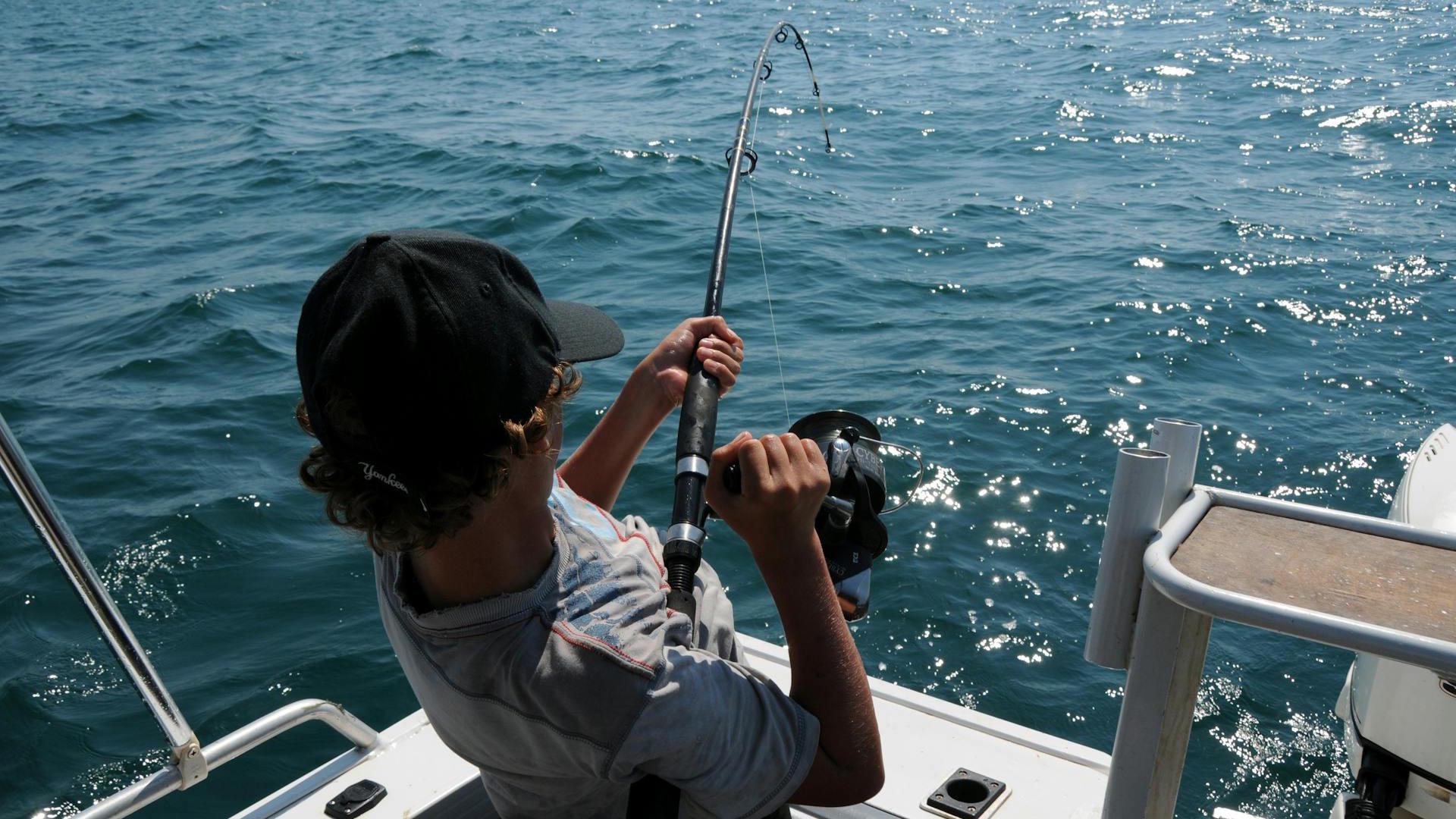
Proper fish handling equipment ensures both safety and quality preservation of your catch. Strong, purpose-built fishing gaffs with appropriate handles (typically 4-8 feet) allow you to securely land larger fish that can’t be netted. Quality fishing pliers with carbide cutters can handle heavy leaders and hook removal, while specialized dehooking tools enable safer release of fish not intended for harvest. For keeping catch, insulated fish bags with ice help maintain quality in hot conditions, while fish bonkers humanely dispatch fish intended for the table. Fillet knives with appropriate flexibility and corrosion-resistant blades make processing easier, whether done at sea or back at the dock. When targeting specific species with special handling requirements (like billfish intended for release), specialized tools like release sticks, large circle hooks, and proper lifting techniques help ensure high survival rates and ethical angling practices.
Personal Comfort and Protection Items

Long days offshore expose anglers to harsh elements that can quickly turn an exciting trip into a miserable experience without proper personal gear. High-quality polarized sunglasses with full UV protection reduce glare and eye strain while improving your ability to spot fish, structure, and surface activity. Technical fishing clothing with UPF sun protection, quick-drying materials, and thoughtful features like vented backs and plentiful pockets helps maintain comfort throughout the day. Full-coverage sun protection, including neck gaiters, hats with neck capes, and gloves,s, prevents painful sunburn that can develop rapidly on reflective water surfaces. Specialized marine footwear with non-marking, non-slip soles provides secure footing on wet decks while protecting feet from hooks, fish spines, and other hazards. Don’t overlook seasickness prevention—whether medication, wristbands, or ginger supplements—as motion sickness can completely derail an otherwise perfect offshore opportunity.
Budget-Friendly Approaches to Offshore Fishing
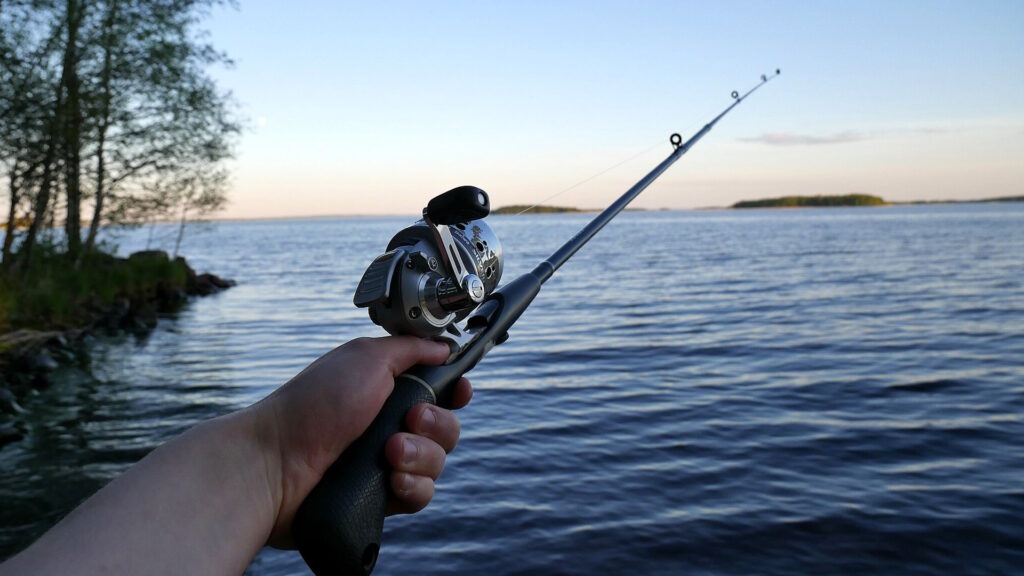
While offshore fishing can involve e significant investment, strategic approaches help maximize value without compromising results. Consider starting with one versatile rod and reel combination that handles multiple techniques rather than specialized setups for each approach. Many experienced anglers recommend investing in a higher-quality reel paired with a mid-range rod, as reel performance typically affects fishing success more directly. Charter trips provide excellent opportunities to test different equipment before purchasing and learn what works in your local waters. Joining fishing clubs or online communities connects you with experienced anglers who often sell quality used equipment at substantial discounts. Focus initial purchases on multi-purpose lures with proven track records rather than collecting specialty items with limited applications. Remember that successful offshore fishing depends more on knowledge, technique, and time on the water than having the most expensive gear—many veteran anglers catch impressive fish using relatively modest equipment paired with years of experience.
Maintenance Practices for Offshore Equipment

The harsh saltwater environment quickly destroys improperly maintained fishing gear, making consistent maintenance routines essential for protecting your investment. After each trip, thoroughly rinse all equipment with fresh water, paying special attention to reels, rod guides, and terminal tackle exposed to salt spray. Regularly disassemble reels for deep cleaning and lubrication according to manufacturer specifications, typically every 5-10 fishing days in saltwater environments. Store rods vertically or in protective cases to prevent warping and guide damage. Apply light corrosion protection to metal surfaces like hook points, knife blades, and tool hinges. Replace monofilament line every few trips, as saltwater and UV exposure quickly degrade its strength, while checking braided lines for abrasion and wear. Maintain detailed records of maintenance performed on expensive equipment like reels and electronics, both for warranty purposes and to establish effective maintenance intervals based on your specific usage patterns.
Conclusion: Building Your Offshore Arsenal

Assembling the right offshore fishing gear represents a balance between necessity, budget, and the specific requirements of your local fishery. Rather than acquiring everything at once, consider building your collection strategically over time, focusing first on versatile, quality basics that support multiple fishing techniques. Remember that even the most expensive gear requires proper handling, maintenance, and—most importantly—the knowledge to use it effectively. Many successful offshore anglers emphasize that time on the water teaches lessons that no gear can replace, helping you develop the pattern recognition and technique refinement that consistently produces results. By focusing on essential equipment that matches your specific fishing goals and local conditions, you’ll create an offshore arsenal that serves you well without unnecessary expense or complications. The true measure of appropriate gear isn’t its price tag or brand name, but how effectively it helps you safely enjoy productive days on offshore waters.
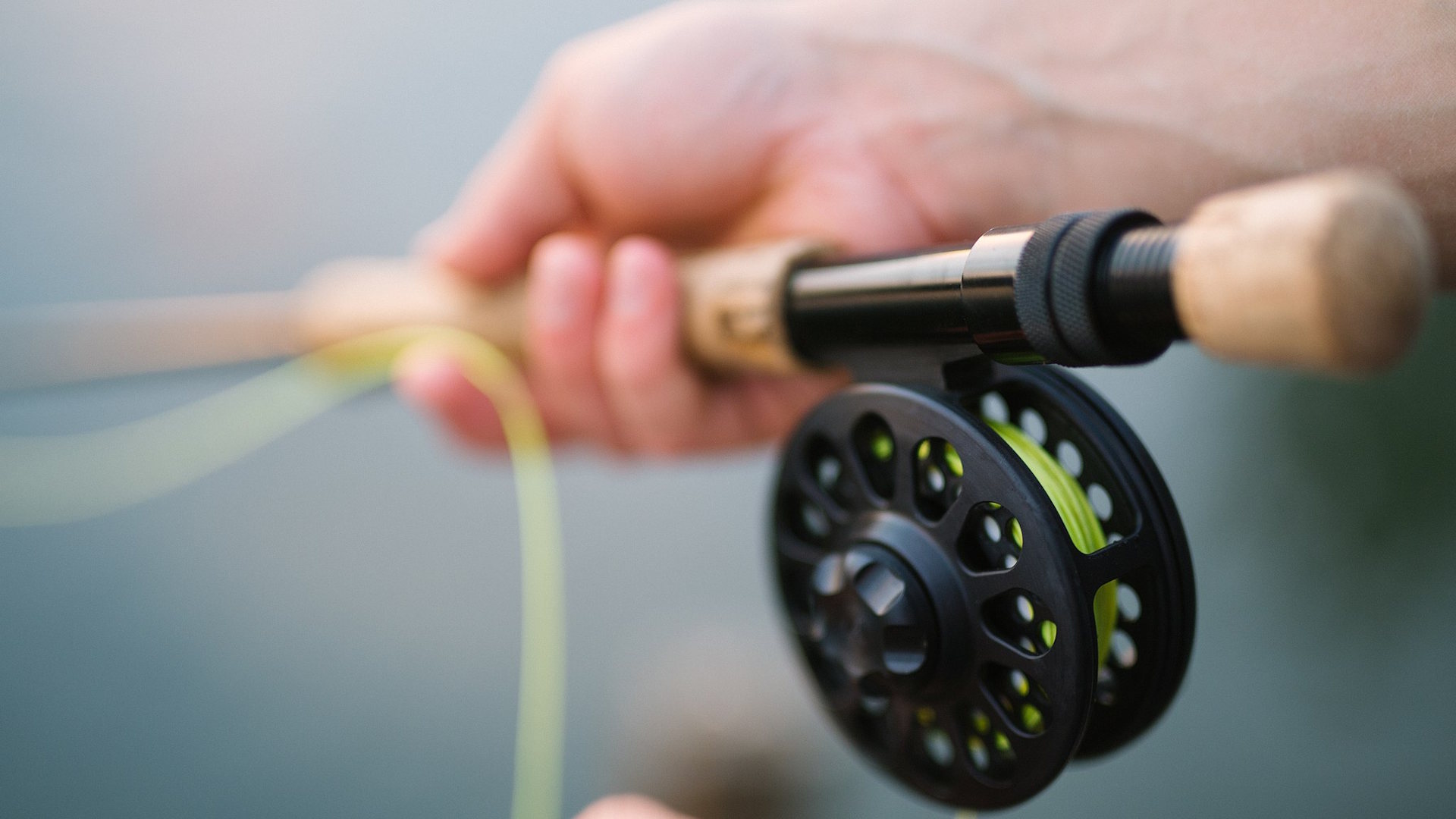













Post Comment